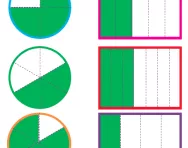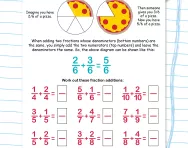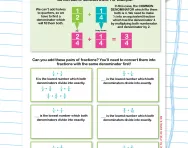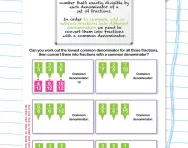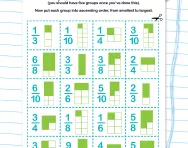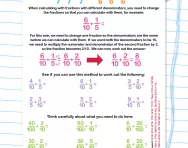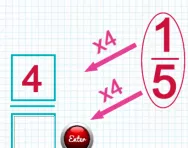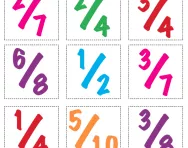Important update from TheSchoolRun
For the past 13 years, TheSchoolRun has been run by a small team of mums working from home, dedicated to providing quality educational resources to primary school parents. Unfortunately, rising supplier costs and falling revenue have made it impossible for us to continue operating, and we’ve had to make the difficult decision to close. The good news: We’ve arranged for another educational provider to take over many of our resources. These will be hosted on a new portal, where the content will be updated and expanded to support your child’s learning.
What this means for subscribers:
- Your subscription is still active, and for now, you can keep using the website as normal — just log in with your usual details to access all our articles and resources*.
- In a few months, all resources will move to the new portal. You’ll continue to have access there until your subscription ends. We’ll send you full details nearer the time.
- As a thank you for your support, we’ll also be sending you 16 primary school eBooks (worth £108.84) to download and keep.
A few changes to be aware of:
- The Learning Journey weekly email has ended, but your child’s plan will still be updated on your dashboard each Monday. Just log in to see the recommended worksheets.
- The 11+ weekly emails have now ended. We sent you all the remaining emails in the series at the end of March — please check your inbox (and spam folder) if you haven’t seen them. You can also follow the full programme here: 11+ Learning Journey.
If you have any questions, please contact us at [email protected]. Thank you for being part of our journey it’s been a privilege to support your family’s learning.
*If you need to reset your password, it will still work as usual. Please check your spam folder if the reset email doesn’t appear in your inbox.
What is the lowest common denominator?
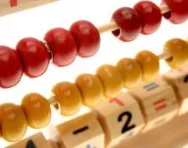
What is the lowest common denominator?
The lowest common denominator is the smallest number that is exactly divisible by each denominator of a set of fractions. It is sometimes known as the least common denominator.
Finding the lowest common denominator
Children in Year 5 need to add and subtract fractions that have denominators that are all multiples of the same number. They also need to order sets of fractions by converting them to fractions with a common denominator.
In Year 6 children add and subtract fractions and order fractions with denominators that need converting.
Here is an explanation of how to find the lowest common denominator:
Sometimes, when we have to add two fractions, we cannot do this, because the denominators are different, for example:
To be able to add two fractions, both the denominators need to be the same.
To find the lowest common denominator, we see if the larger denominator (20) can be divided by the smaller denominator (4).
We then need to work out what we need to multiply the 4 by, to make 20 (this is 5).
Therefore, we multiply 1/4 by 5, so that it becomes 5/20.
You can then add 5/20 and 3/20 which makes 8/20. (This could then be simplified down to 4/10).
Another example is these fractions:
The larger denominator (9) is a multiple of the smaller denominator (3).
If we multiply 1/3 by 3, the fraction becomes 3/9. Now we can add 3/9 and 5/9 to make 8/9.


